Hey guys! This week we learned about bird nests and bird migration. Today, we wrap up the week by looking at ways to increase bird biodiversity, right in your neighborhood!
Have you heard of biodiversity before?
Let’s break it down:
- The first part of the word, Bio, means life.
- The second part, Diversity, means a variety of things.
- So put together, it means a variety of living things.
Scientists consider more biodiverse ecosystems to be healthier.
We can attract a diversity of birds by creating diverse places for them to live, and creating diverse food sources for them. Let’s look at some examples of how to do that.
So how can we improve bird biodiversity?
We’ll go over:
- Building bird houses
- Contributing to citizen science projects
- Planting more native plants
- Choosing bird-friendly coffee (if you drink coffee)
Build a Bird Box
One way to attract more diverse birds? Make more good places for birds to build a nest! Let’s create a DIY bird box for bird species to nest and raise their young in.
Materials needed:
- Clean milk carton (keep the lid intact)
- string
- glue or tape
- ruler
- paper
- marker or pen
- scissors (with adult supervision)
- round object that is the same diameter as bird entrance hole
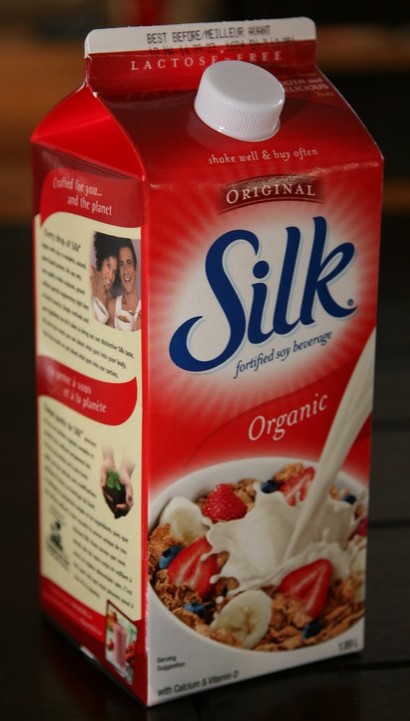
Step 1.
If your milk carton doesn’t have a resealable lid, make sure to glue or tape it shut. You don’t want your birds getting wet inside the box!
Step 2.
Decide on your entrance hole size.
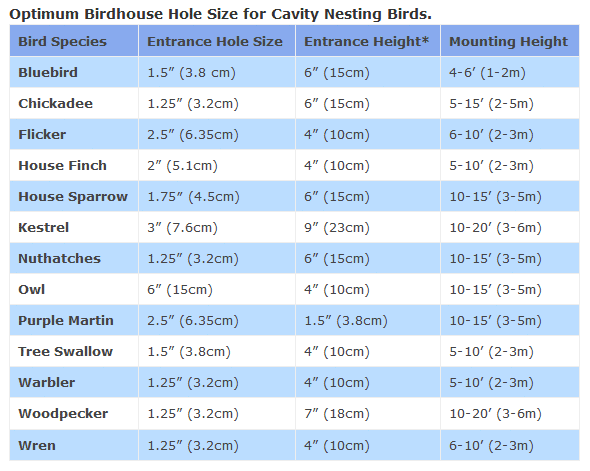
Keep Thinking – What other things do you think would help attract certain birds to your birdhouse?
I researched House Finches and discovered this species likes to nest in open areas. That’s perfect because my backyard is clear of trees. This means I will be mounting my box on a pole.
Step 3.
Trace around your round object to make a perfect circle in your choosen diameter.
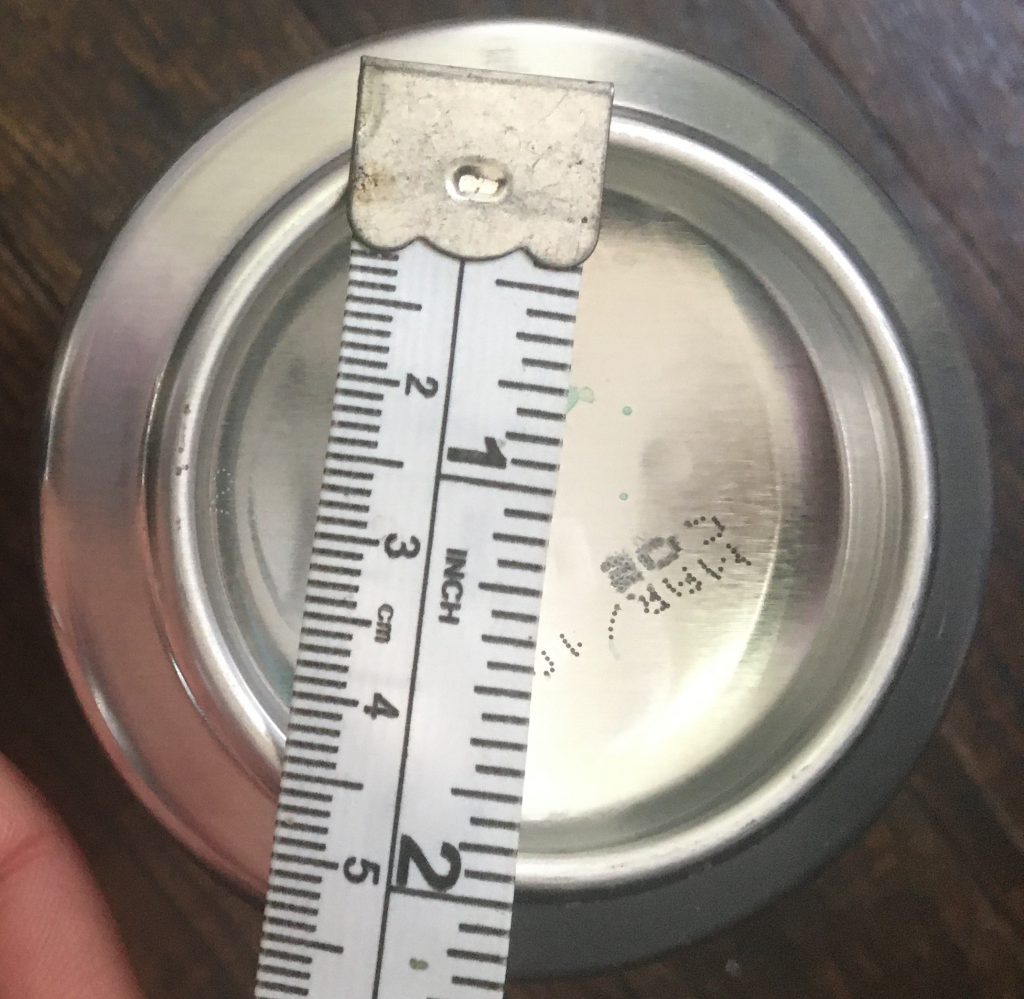
I carefully traced around the inner ring of a soda can to make a 2-inch circle on a piece of paper.
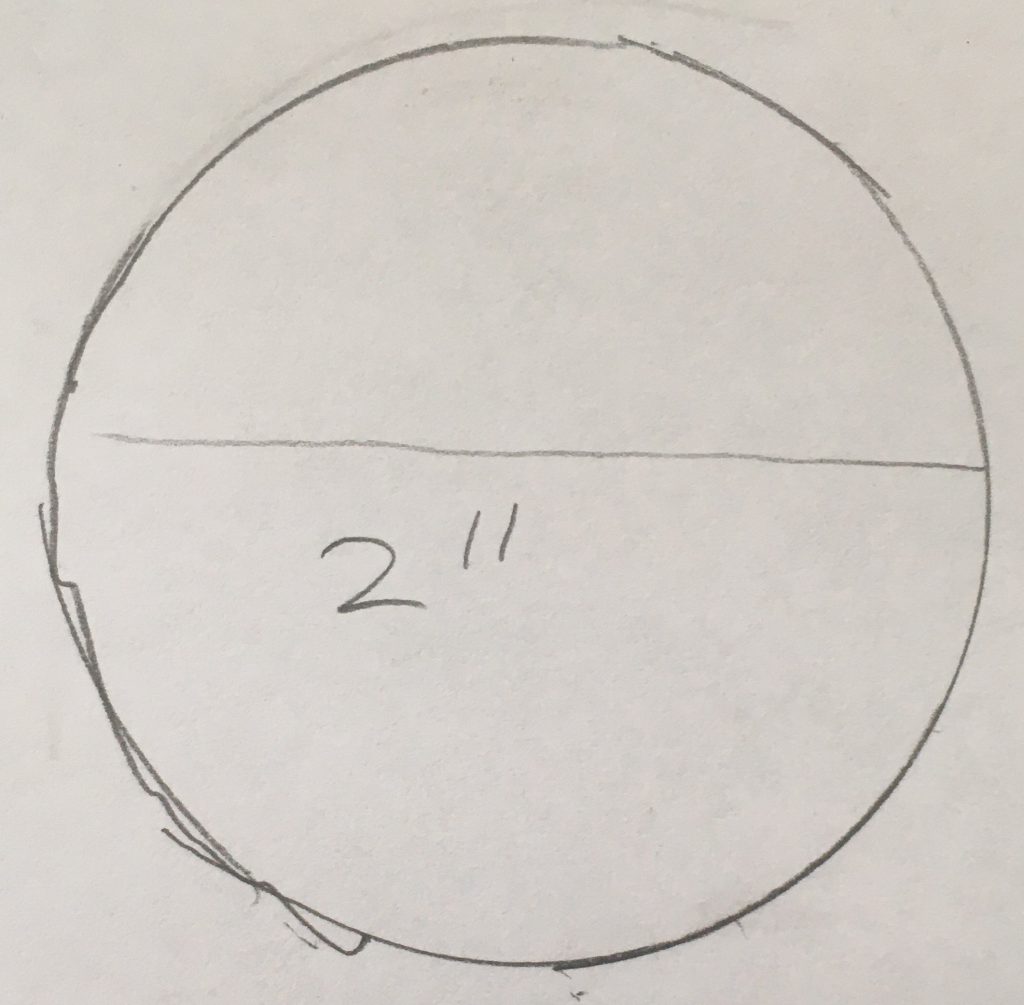
Step 4.
Cut out your circle. This is now your entrance hole template.
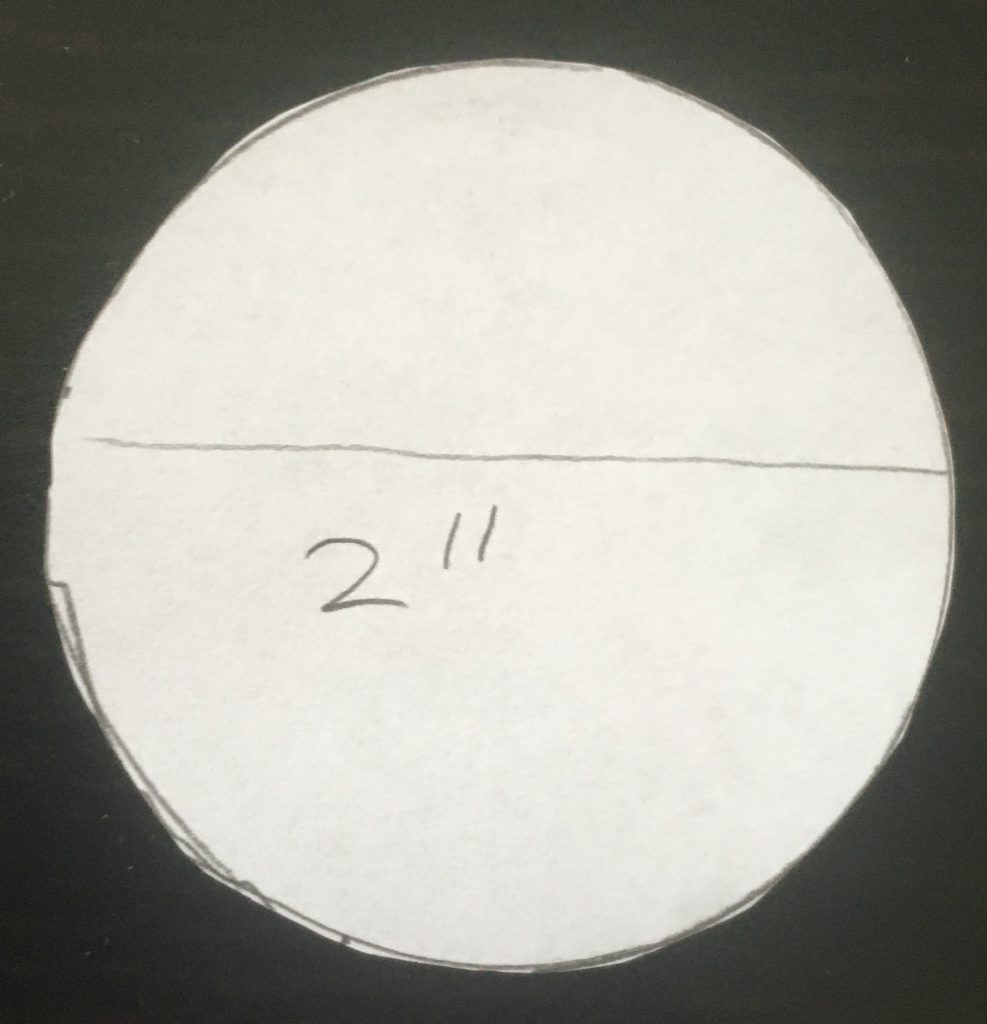
Now, using your ruler, measure the width of your milk carton.
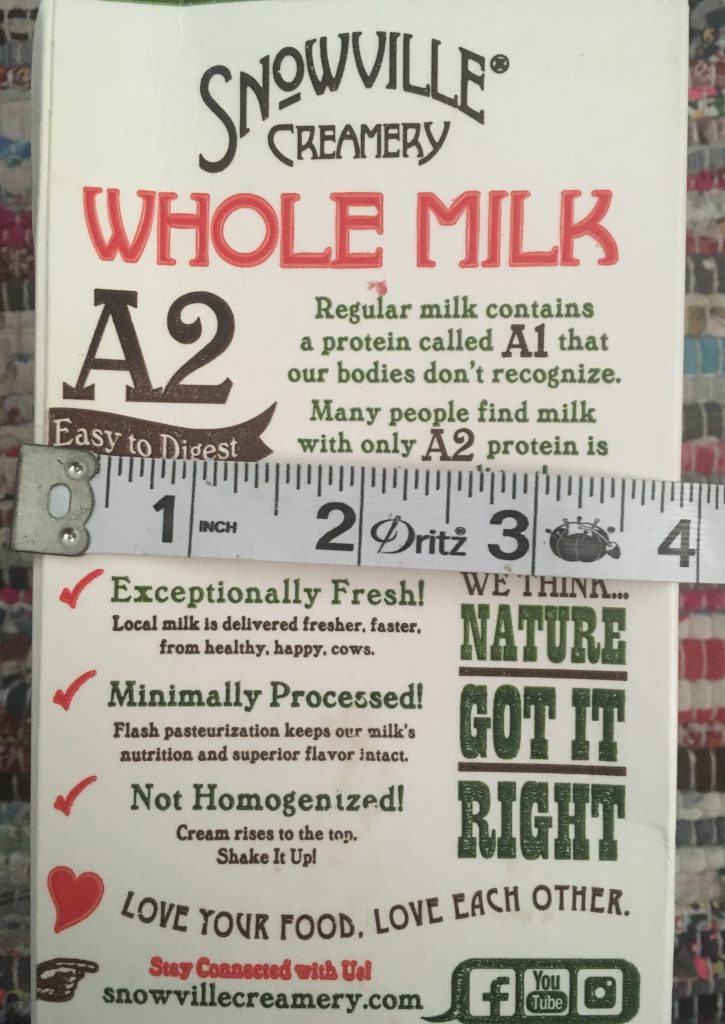
Divide the width by half. This halved number is the middle of your carton, where you will place the entrance hole.
Step 5.
Place your template in the middle of your carton, about 2 inches from the top.
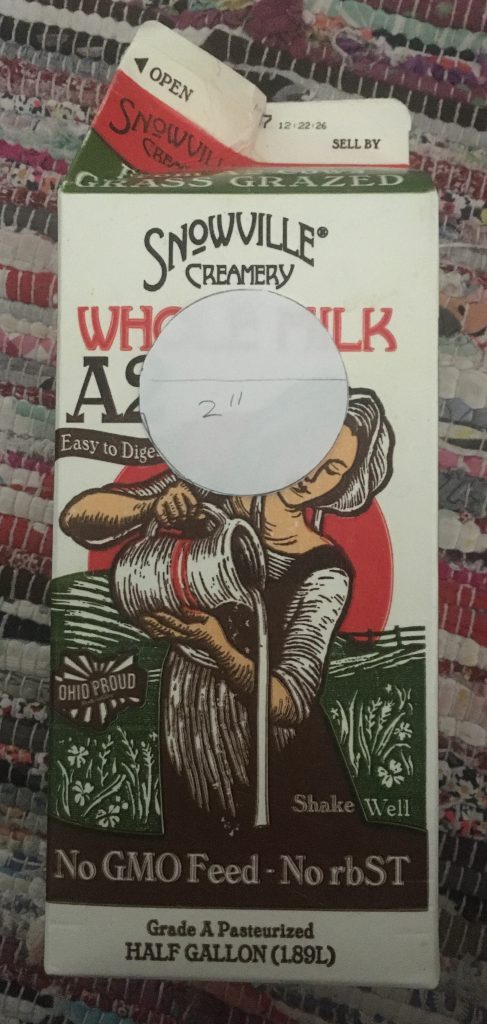
Trace around the template, transferring the entrance hole onto the carton.

Step 6. WITH ADULT SUPERVISION
Use scissors to cut the carton around the entrance hole as best you can.
Pro – Tip : Ask a trusted adult to help you, they may have better tools to cut the entrance hole more easily.
Step 7.
Woo hoo! Now that you have made the entrance hole. Your bird box is almost complete. You just have to find a suitable place to mount it.
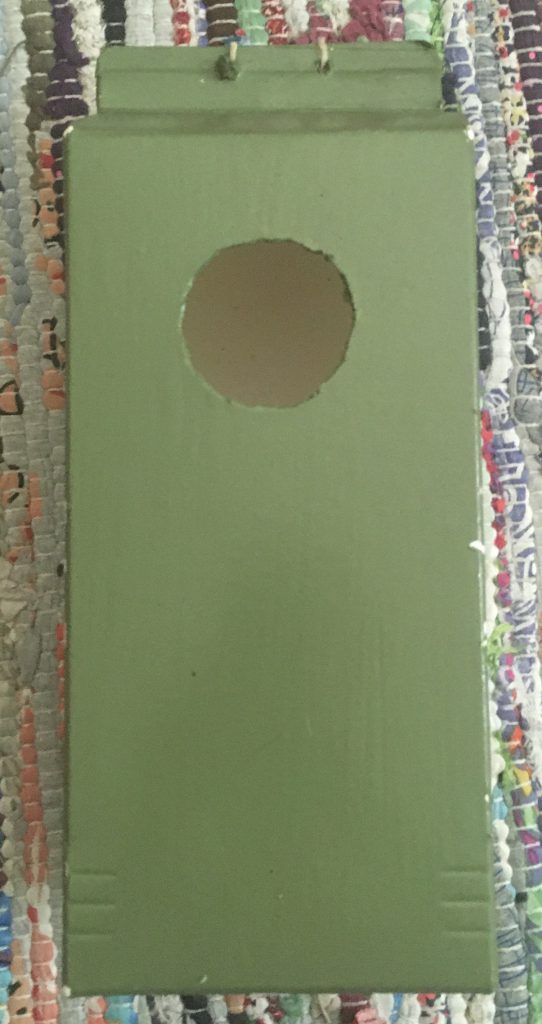
Remember, different bird species will like different habitats. Keep this in mind when deciding where to mount your bird box. There are a few different ways, such as hanging, mounted on a tree, or mounted on a pole.
Check out this website to research which mounting style would be best for your birds!
You can punch holes through the top of the carton for a hanging bird box or tie the bird box to a tree, depending on what the bird species would like best.
Once you’ve researched how best to set up your bird box, use string to mount it properly.
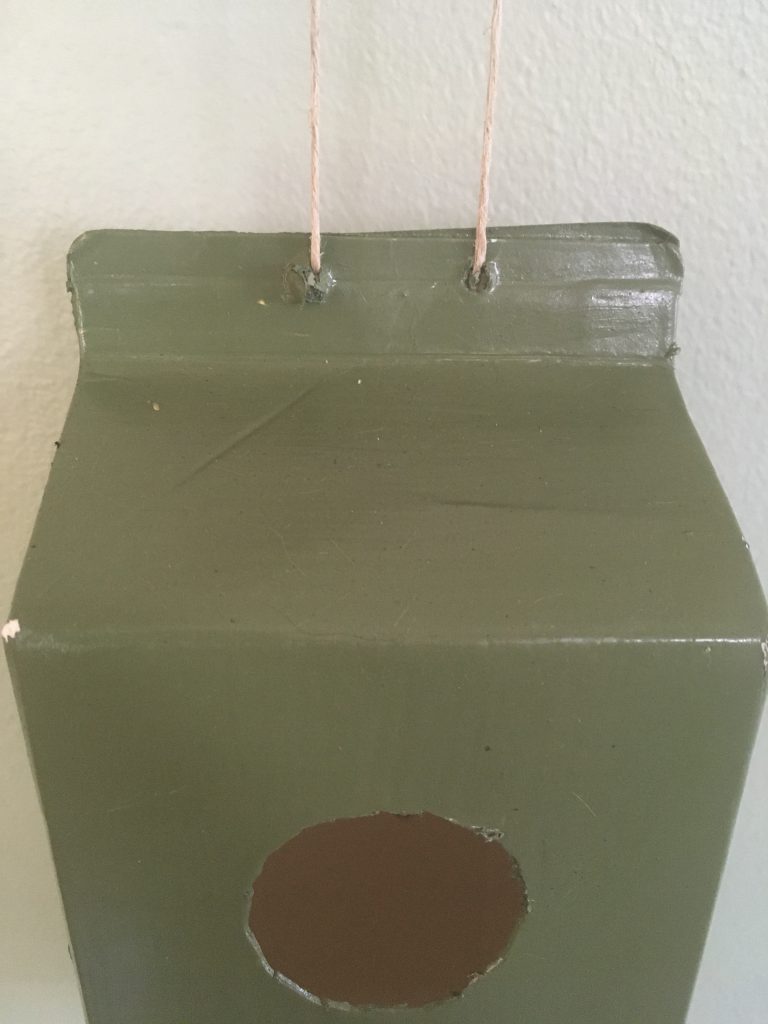
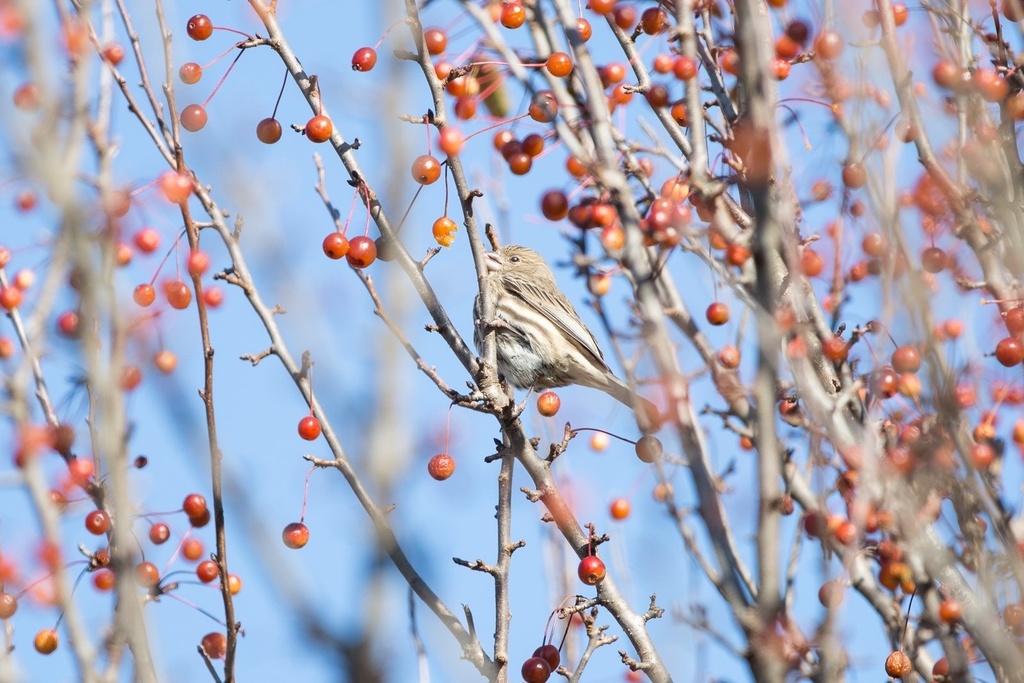
Keep scrolling to learn more ways to care for the environment and attract more birds!
Contribute to science
In Joe’s The Best of Birds Nests post on Monday, he mentioned a website called https://nestwatch.org/
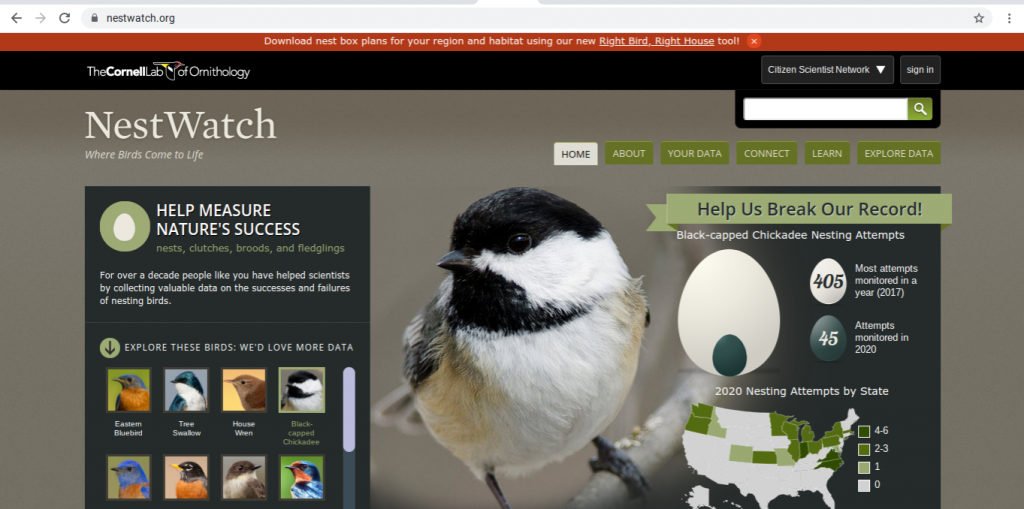
At Nest Watch, you sign up to visit a bird nest regularly, and record what you see. You can take a test to become a certified nest watcher.
We have been watching bluebird and prothonotary warbler nests all spring, and seeing their eggs show up!
When you record your data on this website, you are adding to research at The Cornell Lab of Ornithology on nesting birds. By learning more about how birds are reproducing, scientists will learn about the best ways we can help them.
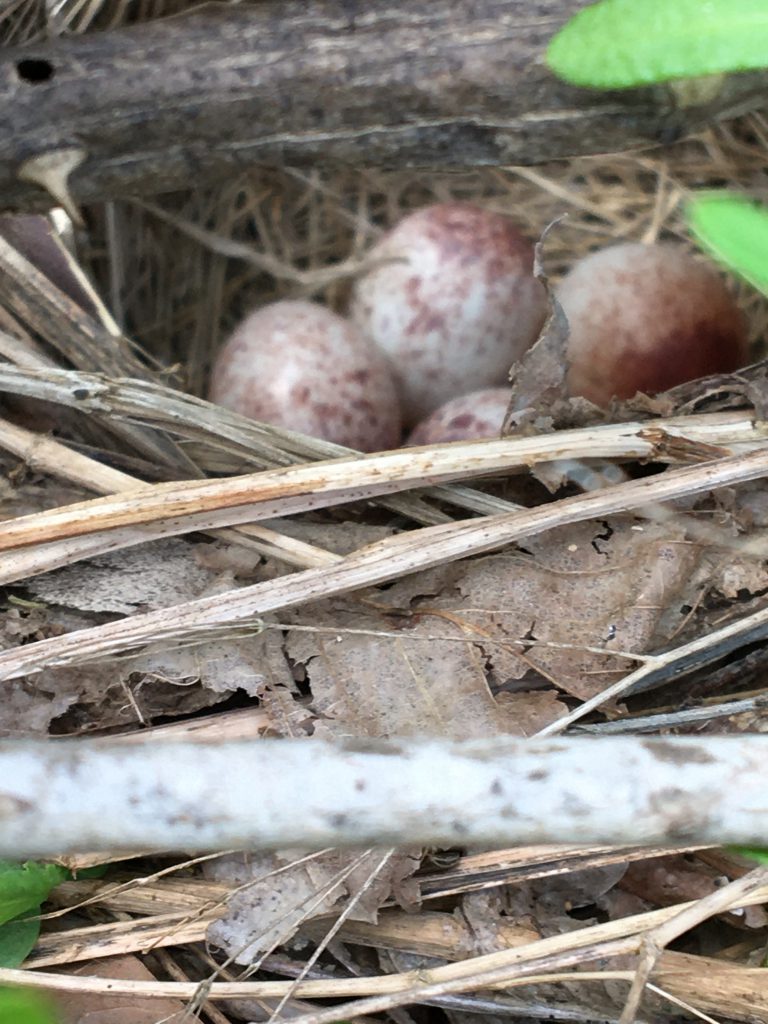
Plant more native plants
How do plants help birds? Think about the food web. If we have a native plant in our yard, it will attract insects to eat it. If we have lots of different kinds of native plants, they attract more kinds of insects!
You wouldn’t be healthy if you only ate one kind of food. Those biodiverse insects mean more healthy choices for birds. Birds that eat insects depend on plants to attract their favorite foods, such as spiders and caterpillars. It helps them and it helps their baby chicks.
Do you like to garden, or want to learn? Plant more diverse kinds of plants in your yards or parks! It will make a stronger food web for birds.
Find out how to plant natives at Ohio Native Plant Month!
Why natives?
We plant native plants from our area, because the insects and birds that live here prefer them. Many common garden plants come from far-away places, and some insects might not recognize them as food.
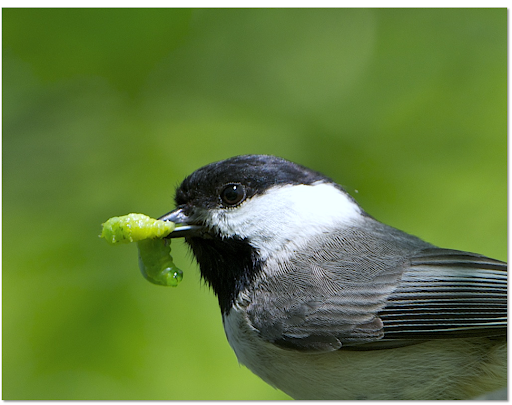
This picture of a Carolina Chickadee about to enjoy a juicy caterpillar is from an article about a Smithsonian Study. The study found that a lack of native plants in backyards is linked to a lack of birds.
For a colorful and informational video about restoring nature’s special relationships, click here .
Buy Bird-Friendly Coffee
Although some of us may be too young to drink coffee, think about encouraging your family members who drink coffee to look into how the coffee they drink is made and how the beans are grown. What does drinking coffee have to do with making the environment suitable for birds? you may ask.
Well, coffee beans grow on bushes that grow in the rainforest. As the demand for coffee has grown, large coffee corporations have cut down rain forest habitat to make more, sunnier space to grow coffee bushes. What do you think happened to the birds once the forest was destroyed? That’s right–they had to find new homes and their populations decreased.
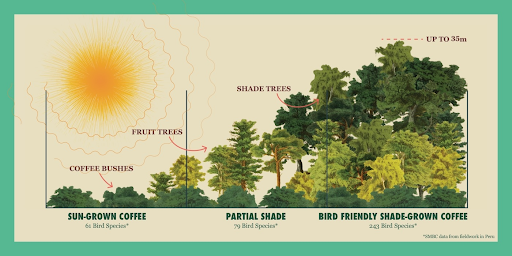

To maintain a healthy habitat for birds and other animals in the rainforest, Smithsonian scientists created the Bird Friendly certification. Coffee with this seal was grown underneath rainforest trees (there’s that biodiversity again!) with no harmful pesticides or fertilizers. This method of growing coffee beans allows for a quality habitat for birds and many other living things.
What other ways could you help birds?
We came up with:
- Building bird houses
- Contributing to citizen science projects
- Planting more native plants
- Choosing bird-friendly coffee (if you drink coffee)
Try one of these things this week. Or tell us about another way you helped the environment this week. Happy Earth Day (Every Day)!